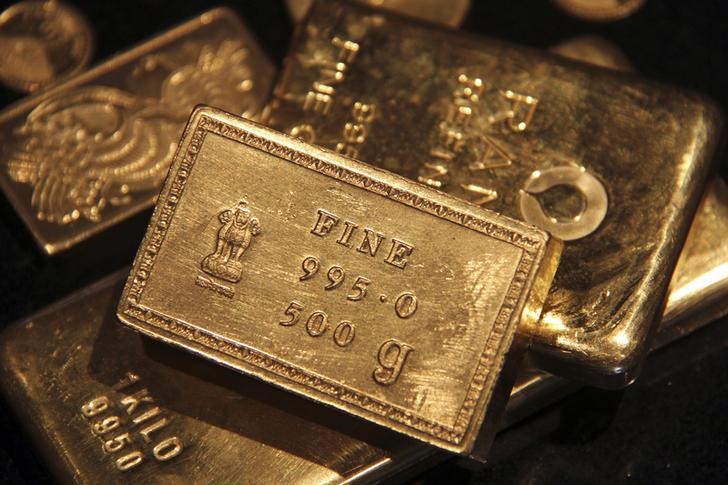Moody’s downgrades Senegal to Caa1 amid rising debt concerns
Investing.com -- “Steady as she goes”: That’s your gold market this week.
Since benign inflation data over the past three days suggested the Federal Reserve might step back sooner than expected from using its rate cudgel, gold has practically tip-toed up — even as other commodities led by oil have blazed higher. Silver, which normally takes its cue from gold, has also left its more lustrous cousin in the shadows with sharp gains this week.
The front-month August gold contract on New York’s Comex settled at $1964.40 an ounce, up just 60 cents on the day. In the previous session it did a little better, rising $2 to strike a three-week high of $1,968.50 from a three-month bottom of $1,900.60 a week ago.
The spot price of gold, which reflects physical trades in bullion and is more closely followed than futures by some traders, was at $1,960.17 by 14:52 ET (18:52 GMT), down 32 cents, or 0.2%.
“Gold is practically stuck in a $30-range,” said Sunil Kumar Dixit, chief technical strategist at SKCharting.com. “The top end of the range is $1,965 while the lower end is $1,935. If we get below $1,935, be prepared for another test of $1,900 or even lower.”
Craig Erlam, analyst at online trading platform OANDA, concurred.“Gold has stalled around $1,960 after surging in the aftermath of the U.S. inflation data earlier this week,” said Erlam. “Now it's a question of whether what we're seeing is a corrective move as part of the downturn since May or if that downturn was in fact the correction.”
In gold's defense: not all inflation data is supportive
Gold’s ever-slow move higher in the face of the dollar's tumble to 15-month lows has surprised many. The yellow metal has been in such mode since the Labor Department reported on Wednesday that the Consumer Price Index, or CPI, grew by just 3% year-on-year in June versus a 40-year high of 9.1% a year ago. The Producer Price Index, or PPI, which came on the heels of the CPI, was also lower than expected.
Notwithstanding those, the University of Michigan said on Friday its closely-watched Consumer Sentiment survey showed the spending appetite of Americans at its highest in two years, a development economists said wouldn't be too encouraging for the Fed, which wishes to see a greater retreat in inflation.
All eyes are now on the Fed and what it will do to rates when its policy-makers sit again on July 26 to decide on rates. While the so-called Federal Open Market Committee of the Fed decided to pass on a hike last month, economists think in all likelihood it will vote for a 25-basis point increase this time, in keeping with its recent pace of hikes.
